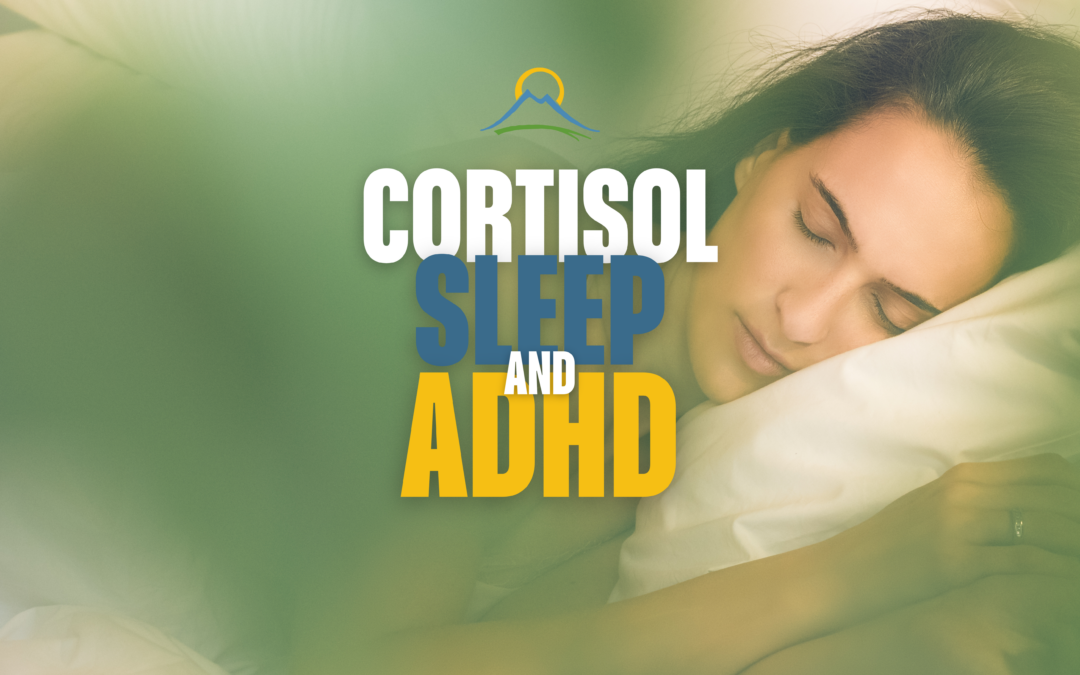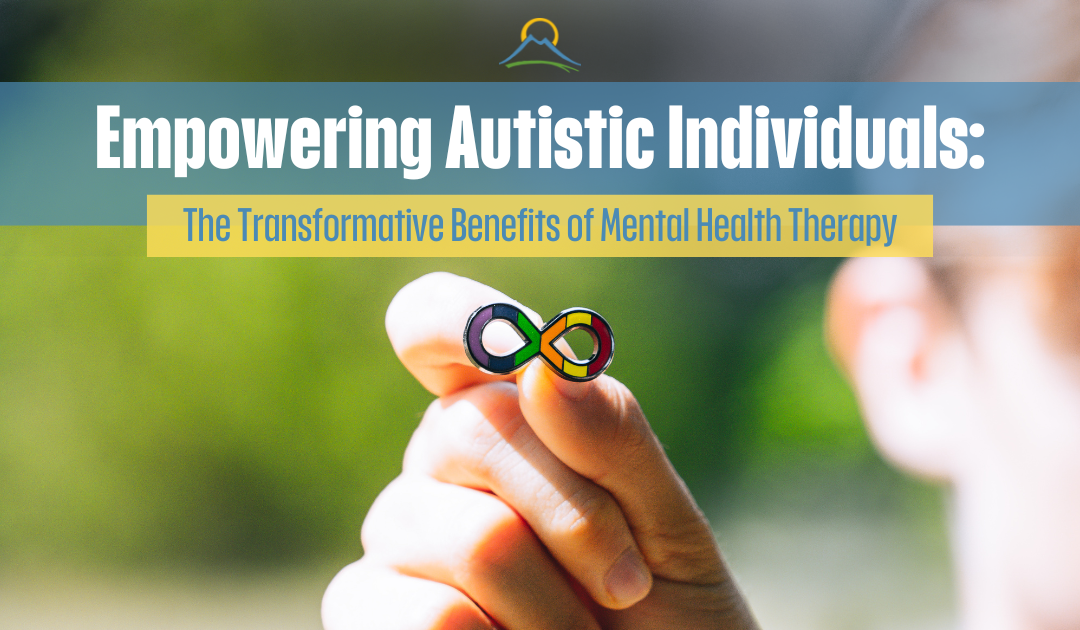With all the different types of therapy that exist today, it can be difficult to choose the one that is right for you. Fortunately, many therapists include a variety of different types of therapy in their practice to offer a more well-rounded approach to improving mental health. This article will discuss three commonly used types of therapy: EMDR therapy, psychodynamic therapy, and cognitive behavioral therapy. These forms of therapy can be used to treat depression, anxiety, PTSD, substance abuse, self-harm, suicidality, anger, as well as many other types of mental health issues.
EMDR
Eye Movement Desensitization and Reprocessing therapy, or EMDR, first came to the scene in 1987. It was founded and developed by Dr. Francine Shapiro for the treatment of posttraumatic stress disorder (PTSD). EMDR unlocks unprocessed memories that have become “stuck” over time by using side-to-side eye movement called bilateral stimulation, and/or bilateral tapping, to reprocess past disturbing memories (Andler, 2018). During EMDR therapy, painful emotions and sensations get released and the brain is able to let go of beliefs that have held us back (Andler, 2018). EMDR is especially helpful for PTSD and symptoms that accompany PTSD such as anxiety, depression, anger.
According to the CBT model, it is not the situation or event that determines how we feel or behave, rather it is how we perceive the situation that determines how we react and respond
Psychodynamic therapy
Psychodynamic therapy uses the relationship between the therapist and client to uncover complex mental processes (many of which are unconscious) that are unknowingly impacting our daily lives (Bachant, 2019). Sigmund Freud coined the term “psychodynamic” in the late 1800s and has said that an element “proliferates in the dark” if it is not brought to consciousness through speaking (Cabaniss et al., 2017). We often keep disturbing thoughts, feelings, and fantasies from our childhood out of our consciousness to protect ourselves from becoming overwhelmed (Cabaniss et al., 2017). However, these suppressed feelings and thoughts (as well as memories, conflicts, ways of relating to others, and self-perceptions) that originated in childhood can cause problems with our conscious thoughts, feelings and behaviors that we are experiencing today (Cabaniss et al., 2017). Psychodynamic therapy can lead to a more fulfilling life that includes improved interpersonal relationships and a developed capacity for intimacy and empathy.

CBT
“Cognitive therapy” was developed by Aaron Beck in the early 1960s and is now often used synonymously with the term “cognitive behavioral therapy” by those in the field of psychotherapy (Beck 2011). Cognitive behavioral therapy is a solution-focused form of psychotherapy (Gillihan, 2018), which hypothesizes that our emotions, body responses, and behaviors are influenced by our perceptions of events (Sokol & Fox, 2020). In the CBT model, an event occurs that is followed by an automatic thought. This thought causes an emotional reaction, a physiological reaction, and/or a behavioral reaction. According to the CBT model, it is not the situation or event that determines how we feel or behave, rather it is how we perceive the situation that determines how we react and respond (Sokol & Fox, 2020). CBT can help us connect how our thoughts are related to our emotional, physiological and behavioral reactions and ultimately help us to evaluate and change unhelpful or incorrect thoughts (Sokol & Fox, 2020).
EMDR, psychodynamic therapy, and cognitive behavioral therapy are all forms of therapy that are beneficial to our mental health and wellbeing. When used together, they can lead to decreased symptoms of depression, anxiety and anger, and ultimately lead to a more happy, healthy and fulfilling life.
References
Andler, K. (2018). Self-guided EMDR therapy & workbook: Healing from anxiety, anger, stress, depression, PTSD & emotional trauma. Create Space Independent Publishing Platform.
Bachant, J. L. (2019). Exploring the landscape of the mind: An introduction to psychodynamic therapy. Ipbooks.
Beck, J. S. (2011). Cognitive behavior therapy: Basics and beyond. The Guilford Press.
Cabaniss, D. L., Cherry, S., Douglas, C. J., & Schwartz, A. R. (2017). Psychodynamic psychotherapy: A clinical manual. John Wiley & Sons.
Gillihan, S. J. (2018). Cognitive behavioral therapy made simple: 10 strategies for managing anxiety, depression, anger, panic, and worry. Althea Press.
Sokol, L., & Fox, M. (2020). The comprehensive clinician’s guide to cognitive behavioral therapy. PESI.





0 Comments